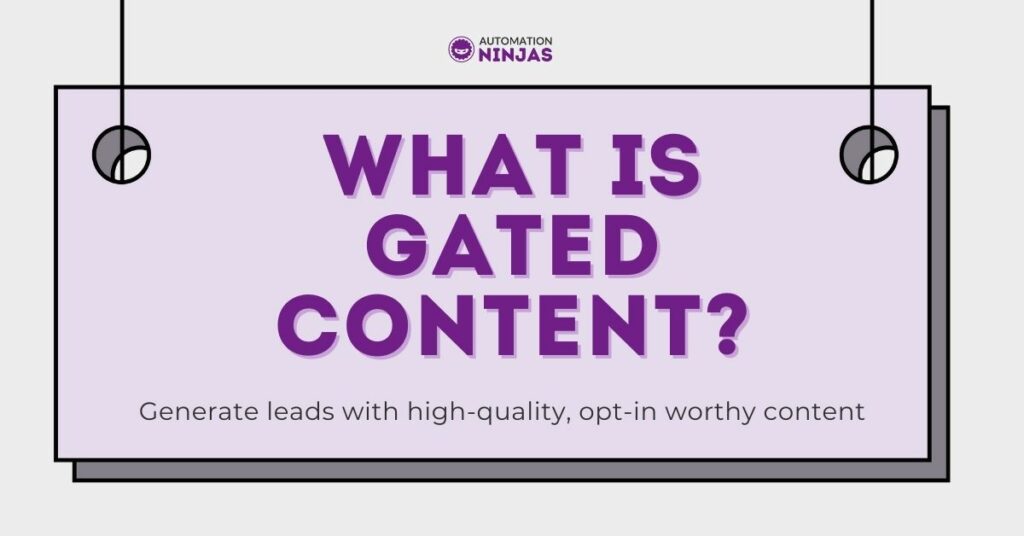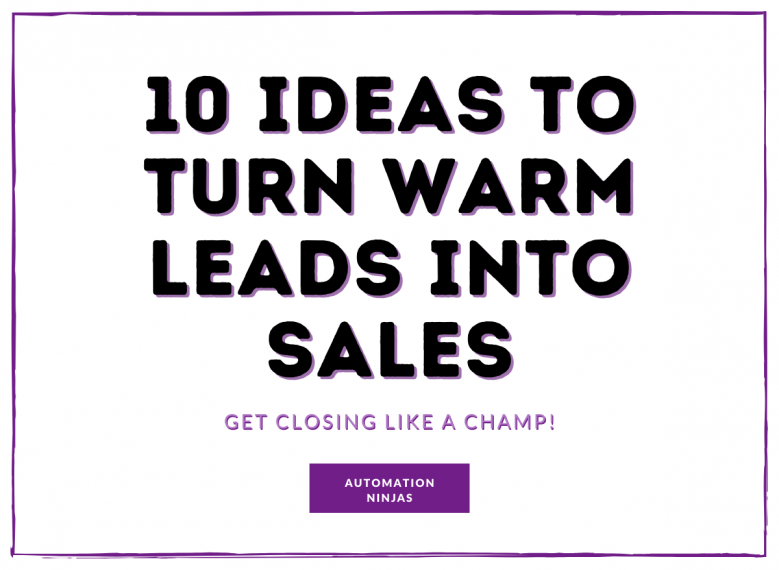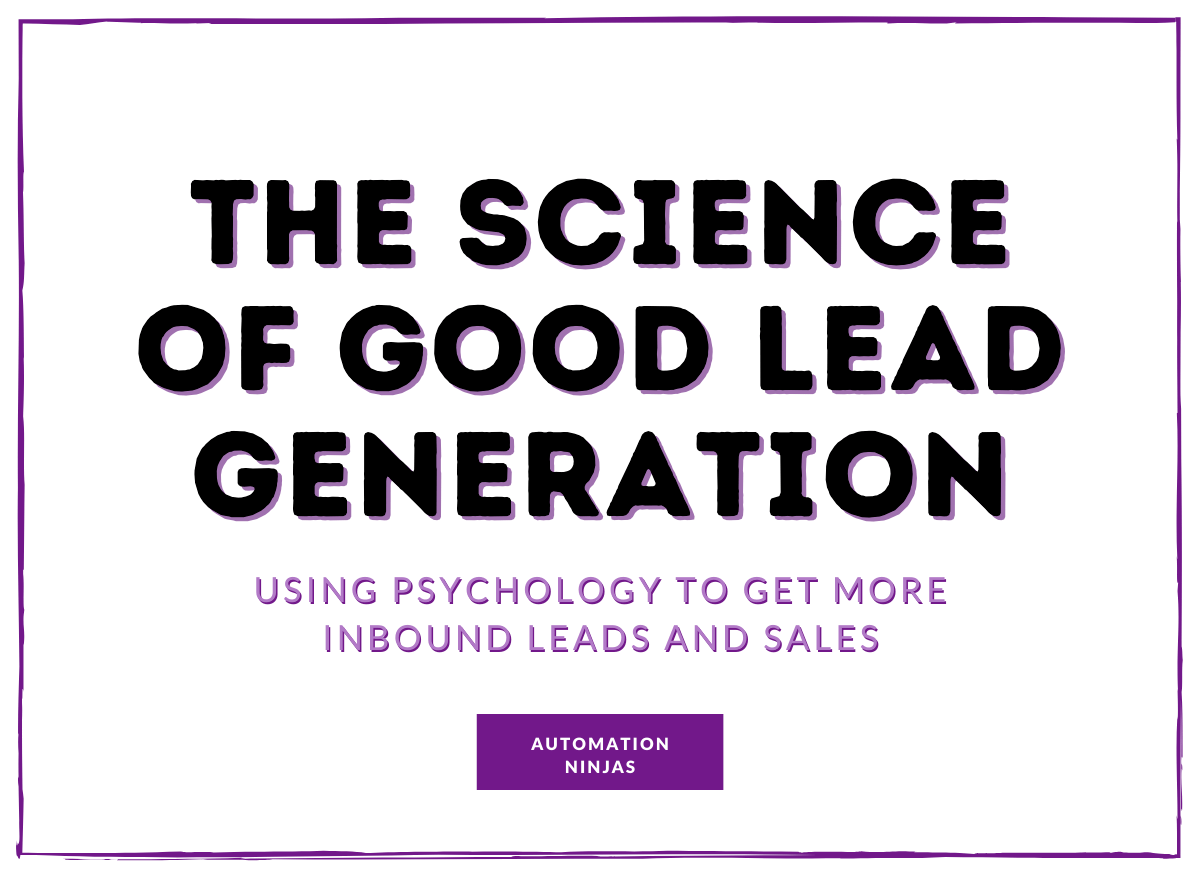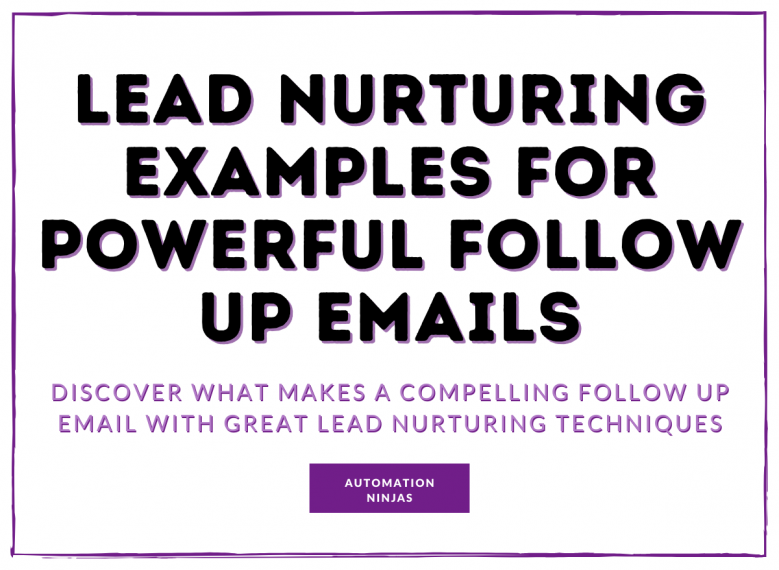Author: Ashton Oldham
Hey there, I'm Ashton, the Content Ninja with a penchant for creativity! I'm all about crafting killer customer-focused content and sprinkling it with that special sauce that makes brands pop. Teaching, strategising, organising (people and projects), and spicing up collaborations? That's my jam!
To me, gated content sounds like something you need special clearance to access…
When I first came across this buzzy marketing term, I pictured Buckingham Palace, barricaded by high walls with top security protecting it from all angles. Passers by peering in to get a glimpse of something wonderful and unobtainable.
But, no. It’s not that exclusive. All you really need to get through these content gates is an email address. And who doesn’t have one of those?!
Gated content is any piece of online material that is accessible through providing some sort of contact information - e.g. (and most commonly) your email.
It is an incredibly important tool for lead generation. In fact, that’s pretty much it’s whole purpose.
PS. You may have heard the term ‘Lead Magnet’ before - this is just another way to refer to gated content. And it sounds far less ‘restricted area’!
We find a lot of businesses don’t use gated content. We also find that many do, but they don’t actually put the gates up; allowing everyone to access it at their leisure.

Sure this is great value for the consumer, but you miss out on the chance to further the engagement.
If a piece of content you create is really high value, consumers won’t have any aversion to exchanging their details so they can get their hands on it.
So, how do you go about creating content that people want to consume? Well, first up get your strategy laid out.
Your gated content should:
Put the consumer at the heart of the content
Provide something your audience actually wants
Solve a real life problem or provide a quick win
Educate the consumer on a specific subject / topic
Demonstrate the expertise of your brand / company
Be accessed instantly without more gates to go through
Be consumable with tonnes of high value content
Have supporting email campaigns to deliver it & follow up
Be evergreen - the longer it can be relevant and useful the better
You have load of different ways to deliver the above, check out the types content below:

Gated content is first and foremost for lead generation
As I said, it is an incredibly important tool when you need to up the lead intake. .
If you don’t have any leads, you won’t be able to fill your sales funnel or build a sales pipeline.
Ultimately, you won’t attract new business, gain more lifelong customers and your business will struggle to thrive, or even survive…
*Yikes* - Who invited Debbie Downer to the party?!
Putting my pessimism aside, I’m sure your lead intake is satisfactory - I just want to be clear that it can be much much higher.
And it’s relatively easy, in general, to make this happen.
I could put all the juicy ‘how to’ top tips for you here, but I’ll just be repeating what we have in another one of our blogs.
That’s the thing about creating content - you often recycle something that’s already been said, by you or by someone else... And then try to do it in a new and exciting way.
FYI your lead magnet / gated content - whichever term you prefer - will likely contain a whole heap of content that’s already out there. You just need to be strategic on how you present it to make it stand apart.
Anyway, if you want to get going with creating one, head on over to our blog, How to create strategic lead magnets, to get all that nitty gritty strategy know how.
Make sure you come back though, we’ve got some more things to talk about in this blog

Yeah, ok maybe you weren’t gone THAT long…
Another 3 key reasons to gate your content
1. Get to know your audience
Using gated content is a brilliant way to learn about who your audience is. You can identify their interests, gauge what they might be needing help with/problems they’re facing, just by tracking what content they choose to request.
Plus, because you follow up with them (yes, you must send a full follow up campaign), you’ll be able to decipher even more with clever self-segmenting techniques.
What’s so great about that? Well, it means you can get really targeted with all your future communications.
Which of course will help with engagement, better nurture your prospects and set you up for a more likely sell when the time is right. Pretty nifty.
2. Strengthen your brand identity & reputation
We all want our business to be well thought of and for our brand names to stand out positively among our competition.
Using gated content as part of your attract and engage strategy will support this.
A large part of what content can achieve is to build trust with your audience, and showcase your expertise and authority. Providing incredible value, useful tools and free resources makes it clear that you are in it for the customer.
Your focus should be on improving their lives with your service and products/solutions, not to skyrocket your profits. If you get this across with the help of your content, your ideal customer will be drawn to you, trust you, like you, and be more likely to choose you over your competitors.
3. Educate the consumer
Why is this so important?
An educated consumer will be far more likely to purchase your products/services if they have a complete and accurate understanding of what they really need, and what it is you offer.
The content that you’ve chosen to gate is not about selling. It’s about providing the information a consumer needs at the right awareness level, and at the right time in their customer journey.
People don’t simply buy things on a whim. Ok, maybe sometimes… But usually they choose to make a purchase to fulfil a want or a need for something. They’ll have a problem to solve or an obstacle to overcome.
Your solution is the answer. But you have to get that across in the right way, unfortunately hard selling won’t get you very far…
So your gated content can be a conduit to getting your message across. It educates the consumer on what they need and builds the belief that you are the company to provide it.
It’s important to make it about what they want to know rather than what you want to say. Start by addressing something they care about or something they need help with.
Common snags you may encounter with gated content
I just want to highlight a couple things about gated content that many people don’t consider.
1. Gated content doesn’t rank on search engines
If you put a form in front of your content, the busy little spider bots that search engines use to look for data to display (content, headings, links), will bypass it and only account for the stuff that is openly available.
Yes, there are possible workarounds in some circumstances - but we won’t get into that, as a) it’s not good practice, and b) I’m not an expert in the super techie algorithm side of search.
So, in order to drive organic traffic towards your lovely lead magnet, you need to make sure it has good, relevant, searchable content surrounding it.
Including it as a CTA within a relatable blog, or placing it on it’s own landing page is the best way to get around this.
2. Your gated content won’t go viral
If your dream is to have your content shared across a multitude of platforms, by a boatload of people; viewing, liking, clicking and commenting, be prepared for a slight let down.
You won’t find many who are inclined to post if everyone on the receiving end has to opt in to view… they won’t be very popular with their peers.
Plus, it’s common for marketers to link out to external sources in their own content. They (probably) won’t link to something that is gated, as they might dampen their own rep.
If you want something to be seen, shared and consumed by the masses, keep those gates wide open my friend.

No, not that gate. Keep that one sealed shut! #StrangerThings
3. The lead might not be ‘hot’ or even warm...
Be aware that just because someone downloaded or opted into something, doesn’t mean they are a hot lead.
If you’re wondering what I mean by ‘hot’ and ‘warm’ leads, you can learn all about them in our ‘10 ideas to turn warm leads into sales’ blog.
I’ve personally found myself handing over my email for content I think I want/am interested in, when actually it may have been a spur of the moment choice. Then when it gets delivered I consume it for all of 5 seconds and then totally ignore it (and often immediately unsubscribe).
Unfortunately, that happens. So don’t get too excited about every lead that comes in… you still have some work to do to get those leads qualified and converted.
When you get an email come through via your gated content, you must follow it up with nurture emails.
Tracking the engagement of those emails will help to qualify the lead. Then, when the time is right and they have shown keen interest, you can move in with the sale.
It’s a really hot tactic to support your sales team. If you can get the lead to them pre-qualified, their job will be all that much easier and your ROI will skyrocket.
Another reason you might be getting lots of leads that don’t engage with the delivery and follow up of your gated content, is because you’ve mis-sold it. When you introduce it on your site/social page, be clear what it really is and what the consumer will get out of it - all those core benefits and problem solving capabilities.
Ungated vs gated content: striking the right balance…
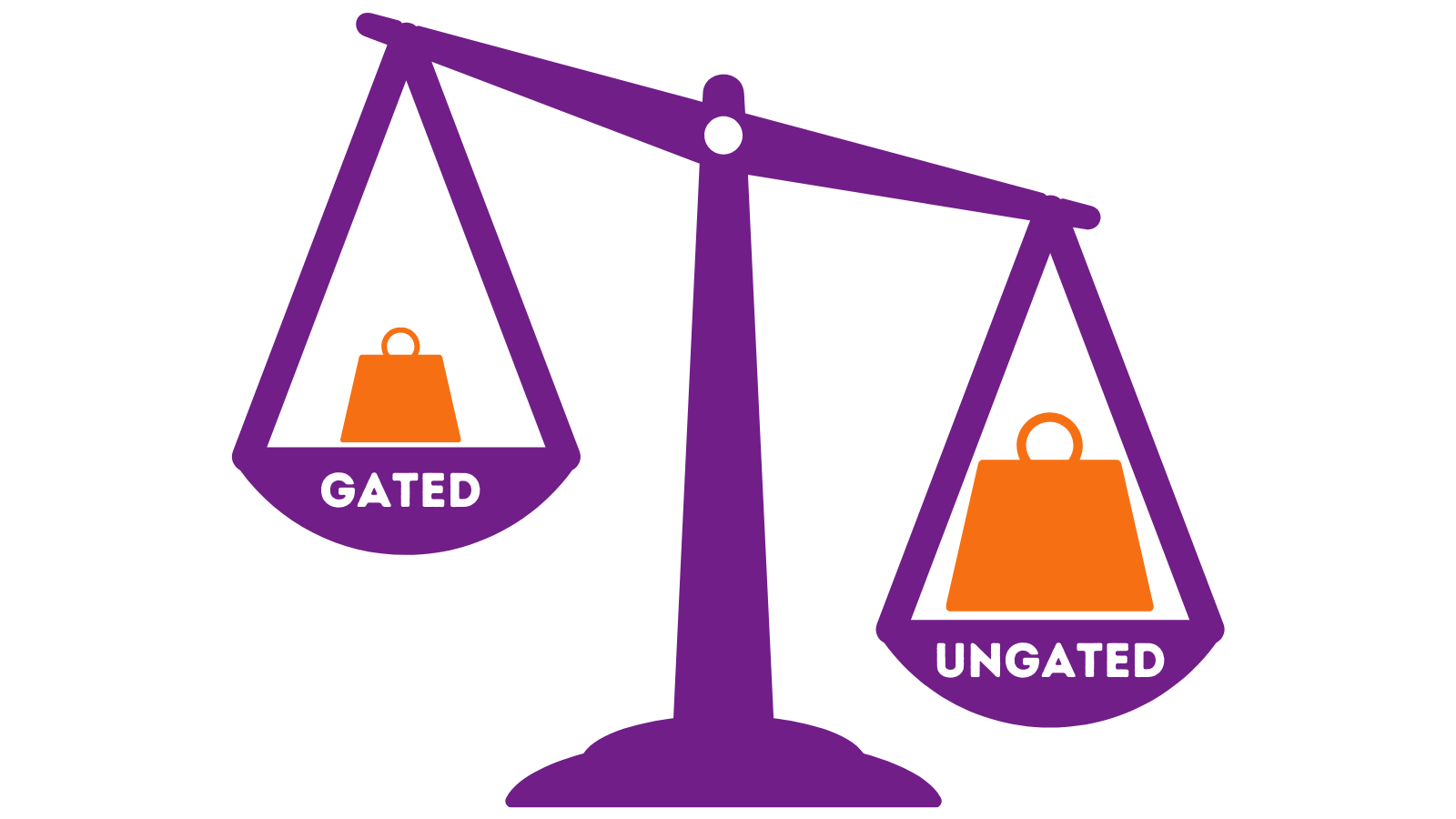
Knowing what content should and shouldn’t be gated is crucial, if you want to avoid putting people off your brand. On more than one occasion I have encountered an unfortunate case of over-gating.
It’s easy to get caught up in putting a little "pop your email in to read the full article" because you know it’s a decent piece of content and you're keen to build that list.
But, if someone has to do this to consume the majority of your informative pieces, they’ll soon be back on Google searching for an alternative supplier of the same content. And, it’s highly likely to be available.
Let me quickly break down some content to avoid putting gates in front of:
Blogs, press releases, infographics
Case studies, testimonials
Product information & pricing
FAQs, terms and conditions etc.
Events calendar - though you should of course pop a registration form to attend
I say should, because of course, it’s really down to your business. But those are some places we suggest keeping access free flowing.
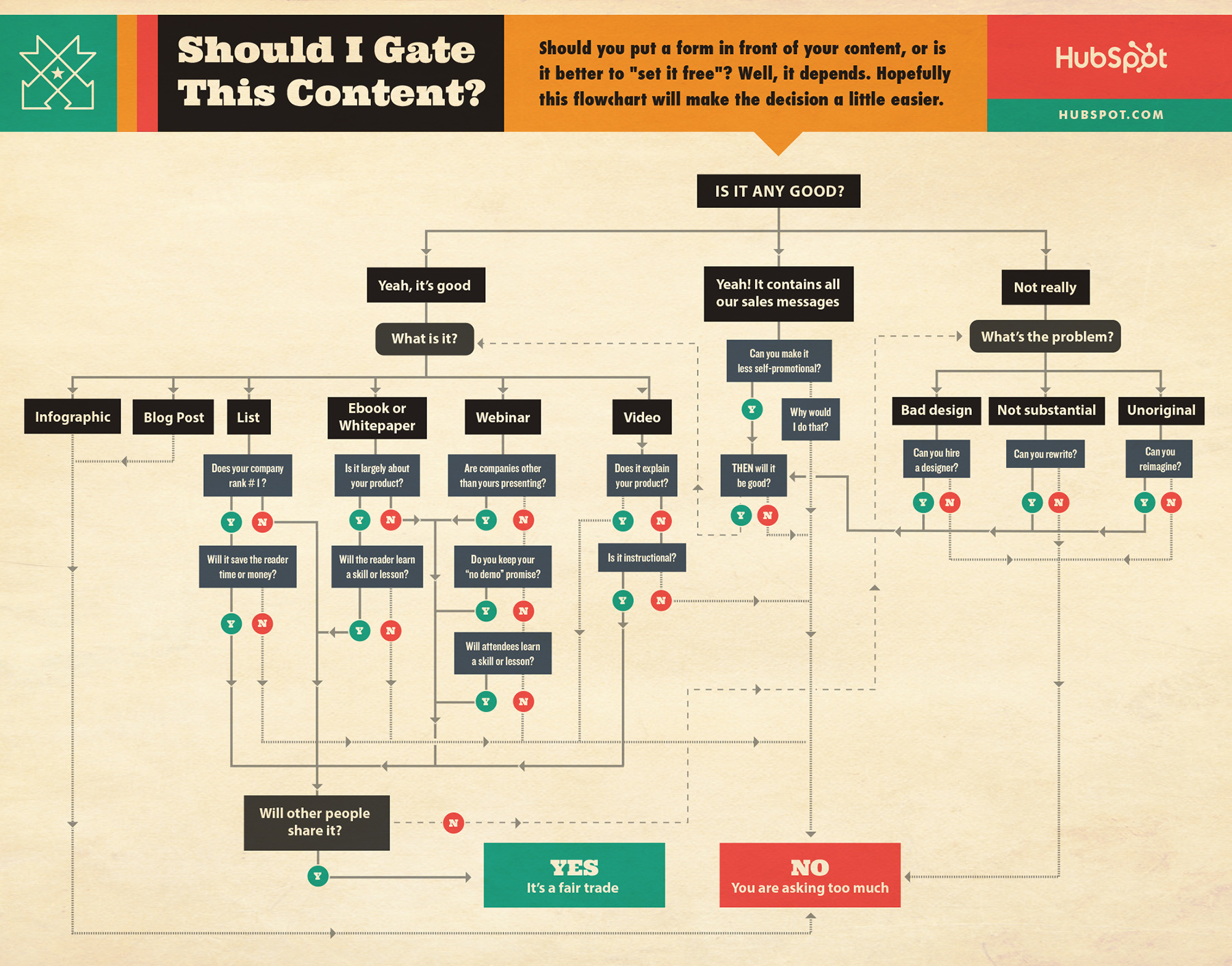
Time to get gating!
If you want to build an organic list of contacts that you can nurture to convert, get some gated content up on your website asap rocky.
Be sensible with the amount of gates you position; make sure you are only providing high value content that cannot be found ungated elsewhere. Then your prospects will build trust and likeability with your brand, be more inclined to see you as THE experts in your field, and therefore come to you over your competition.
Yay!
Head over to our blog: How to create strategic lead magnets. It will share everything you need to know to build your strategy, so you can create gated content for the right audience, at the right time.
If you’re a little short on people-power, or you would simply love to get a Ninja-level piece of gated content up and running in no time, we would love to help. Get in touch to discuss how we can create a lead magnet (aka gated content) for you, or ways we can support you in doing it yourself.
Your leads are waiting!!

